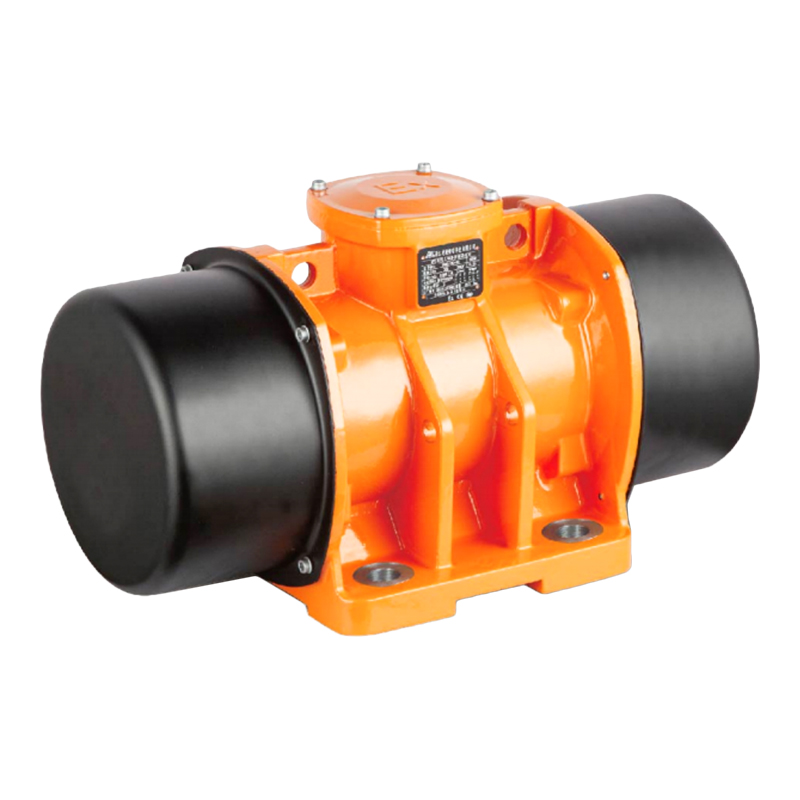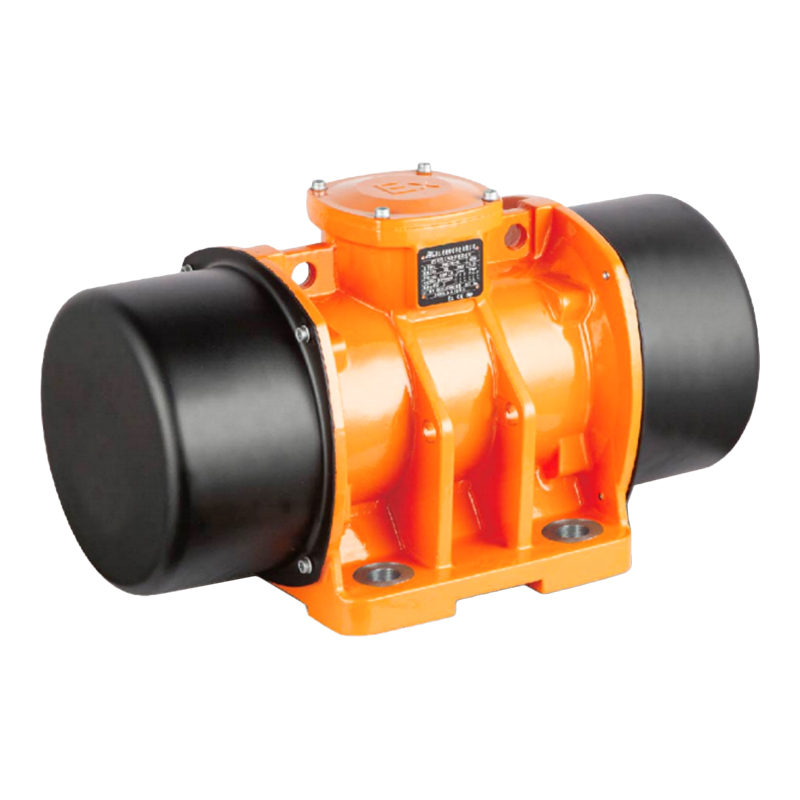The global market for electrical vibrating motor systems continues to demonstrate technological progression as these specialized components find expanded applications across industrial sectors. The fundamental operation of an electrical vibrating motor involves converting electrical energy into controlled mechanical oscillations through precisely calibrated rotating eccentric weights. This core technology makes the electrical vibrating motor suitable for numerous applications where controlled vibration serves essential operational functions. The consistent development of electrical vibrating motor products reflects their established importance in industrial processes and equipment systems worldwide.
Manufacturing methodologies for electrical vibrating motor components have advanced to incorporate modern production techniques and quality assurance protocols. Facilities producing electrical vibrating motor units typically implement computerized balancing systems that ensure precise weight distribution and vibration consistency. The manufacturing process for a modern electrical vibrating motor involves sophisticated winding technologies, advanced bearing selection processes, and housing designs that optimize heat dissipation. These production enhancements contribute to the reliability and longevity expected from contemporary electrical vibrating motor products in demanding operational environments.
Industrial material handling represents a continually evolving application sector for electrical vibrating motor technology. Modern bulk handling systems utilize advanced electrical vibrating motor configurations to facilitate precise material flow control in processing operations. The operational characteristics of today's industrial electrical vibrating motor include variable frequency capabilities and programmable amplitude settings that allow for customized vibration profiles. These technical enhancements in electrical vibrating motor design enable more precise material handling across industries processing everything from fine powders to coarse aggregates.

Food processing equipment manufacturers have developed specialized electrical vibrating motor designs that address stringent hygiene and safety requirements. These food-grade electrical vibrating motor variants incorporate stainless steel constructions, sealed bearing systems, and smooth surface finishes that withstand rigorous cleaning protocols. The technical specifications for these specialized electrical vibrating motor products often include certification for direct and indirect food contact applications. The availability of these hygienic electrical vibrating motor options supports the automation needs of food processing facilities while maintaining compliance with industry regulations.
Construction industry applications for electrical vibrating motor technology have expanded to include advanced concrete compaction and soil stabilization equipment. Modern construction-grade electrical vibrating motor designs feature enhanced protection against dust and moisture ingress, supporting reliable operation in challenging job site conditions. The technical evolution of construction-oriented electrical vibrating motor products includes improved thermal management systems that maintain performance during extended operation periods. These developments in electrical vibrating motor technology contribute to equipment reliability in critical construction applications.
Pharmaceutical manufacturing represents a sophisticated application area for precision electrical vibrating motor systems. The industry utilizes specialized electrical vibrating motor configurations in tablet compaction machines, powder conveying systems, and screening equipment. The technical requirements for pharmaceutical-grade electrical vibrating motor products include precise vibration control, cleanroom compatibility, and validation documentation support. These high-specification electrical vibrating motor solutions contribute to the precise manufacturing processes required in pharmaceutical production environments.
Future development pathways for electrical vibrating motor technology suggest continued emphasis on energy efficiency, smart control integration, and application-specific customization. Industry observers anticipate further refinement of electrical vibrating motor designs to address evolving industrial automation trends and environmental considerations. The established fundamental role of electrical vibrating motor technology in numerous industrial processes provides a solid foundation for ongoing innovation and market development. As industrial technologies continue to advance, electrical vibrating motor systems will likely maintain their relevance through continuous adaptation to emerging application requirements and technical possibilities.

 英语
英语 葡萄牙语
葡萄牙语 西班牙语
西班牙语 русский
русский







 Tel: + 86-576-86320988
Tel: + 86-576-86320988
 Fax: + 86-576-86333217
Fax: + 86-576-86333217
 E-mail:
E-mail:  Add: Dayangcheng Industrial Zone, daxi, wenling, zhejiang, china
Add: Dayangcheng Industrial Zone, daxi, wenling, zhejiang, china
